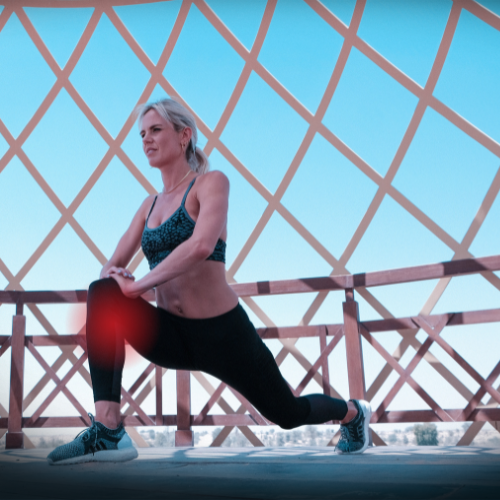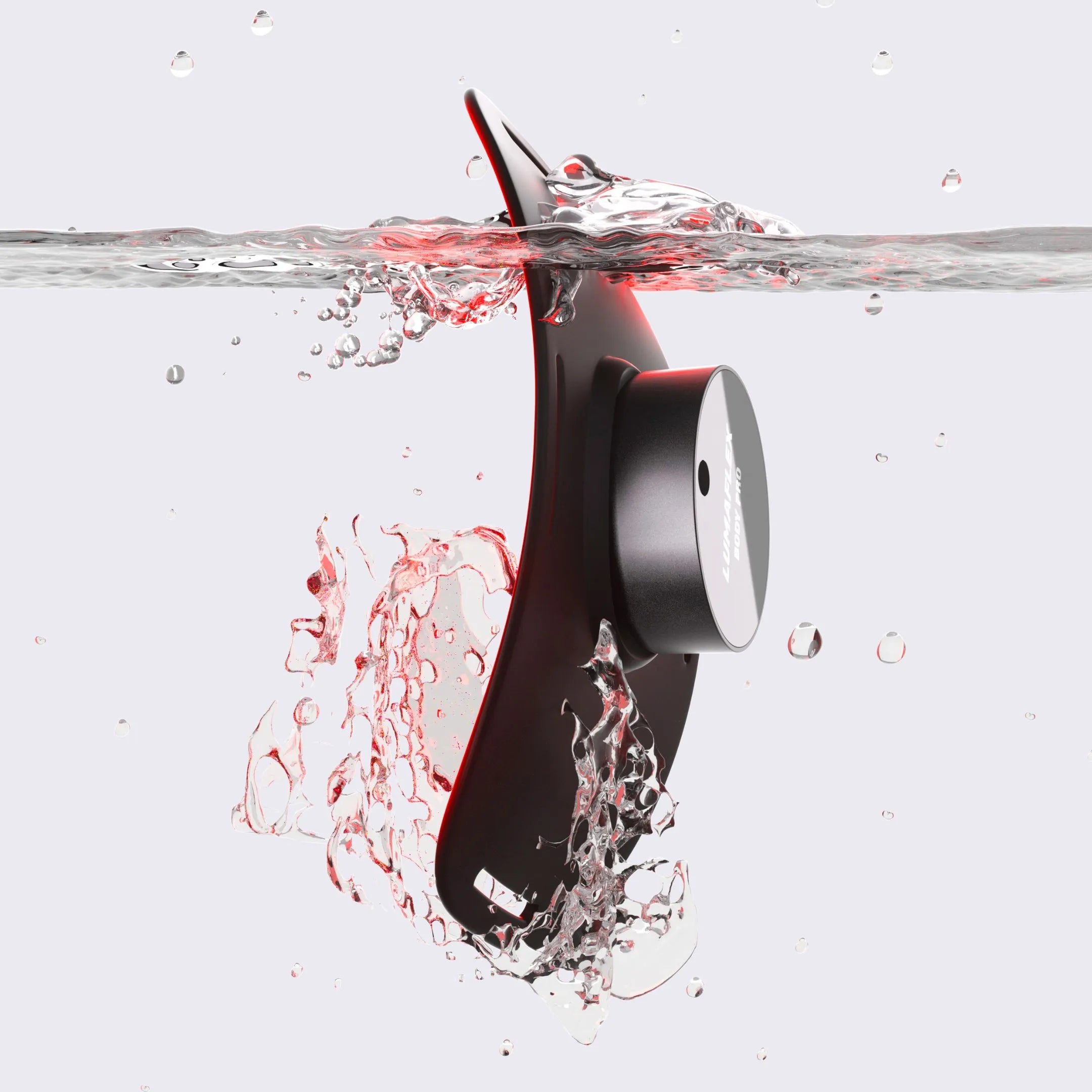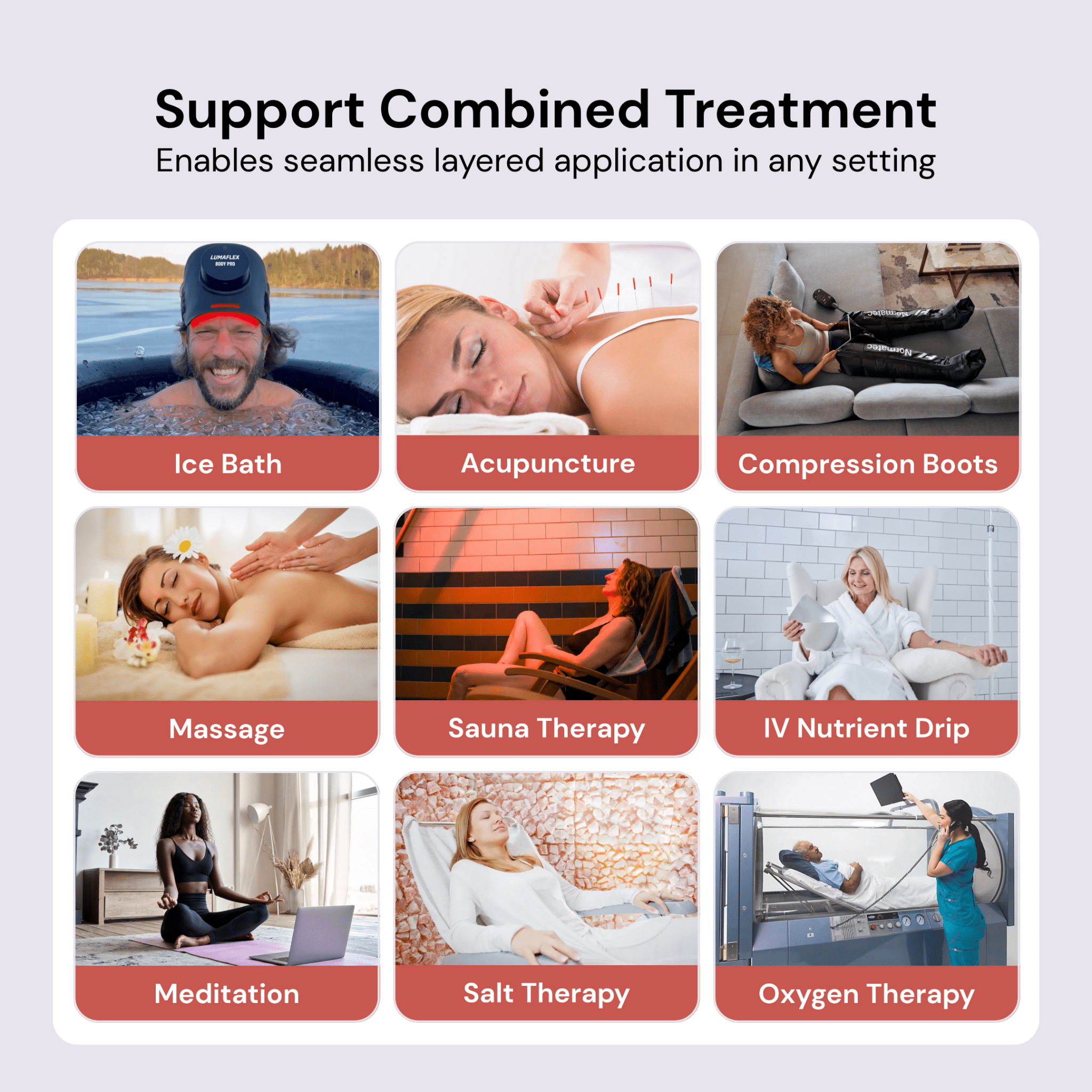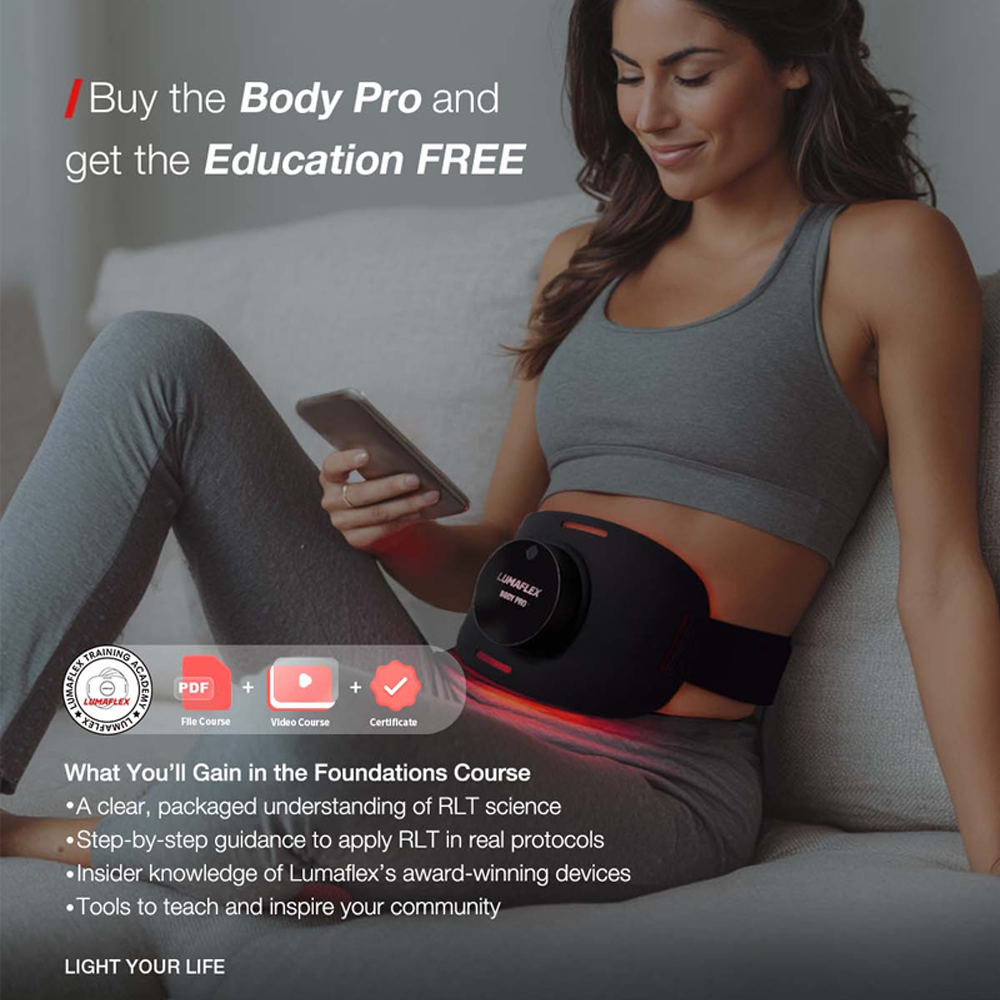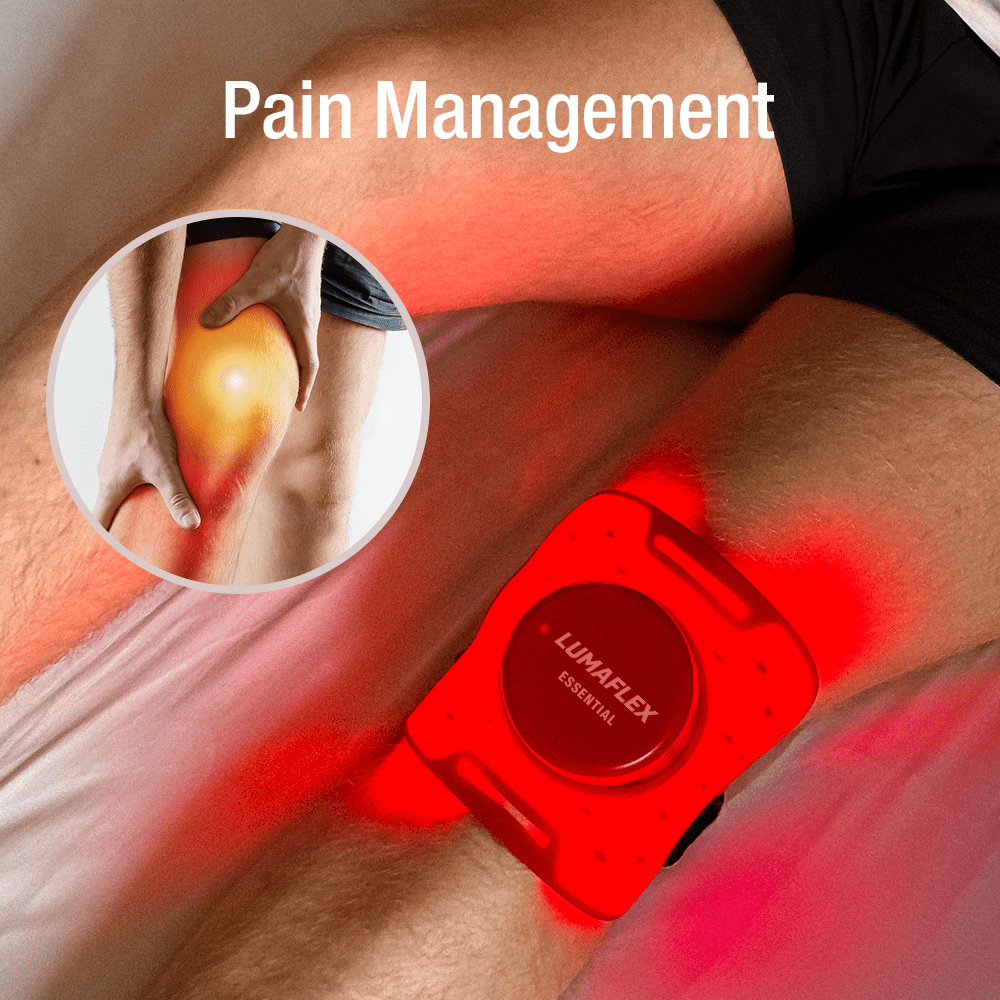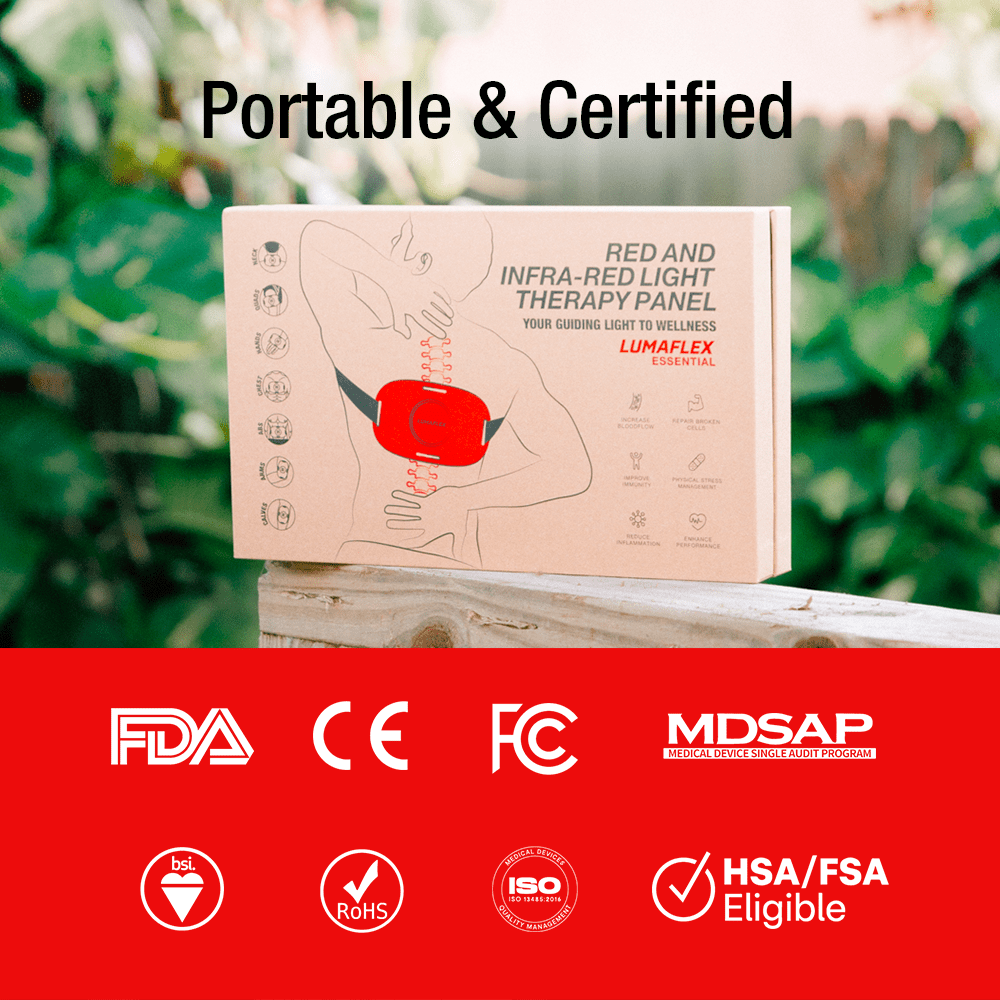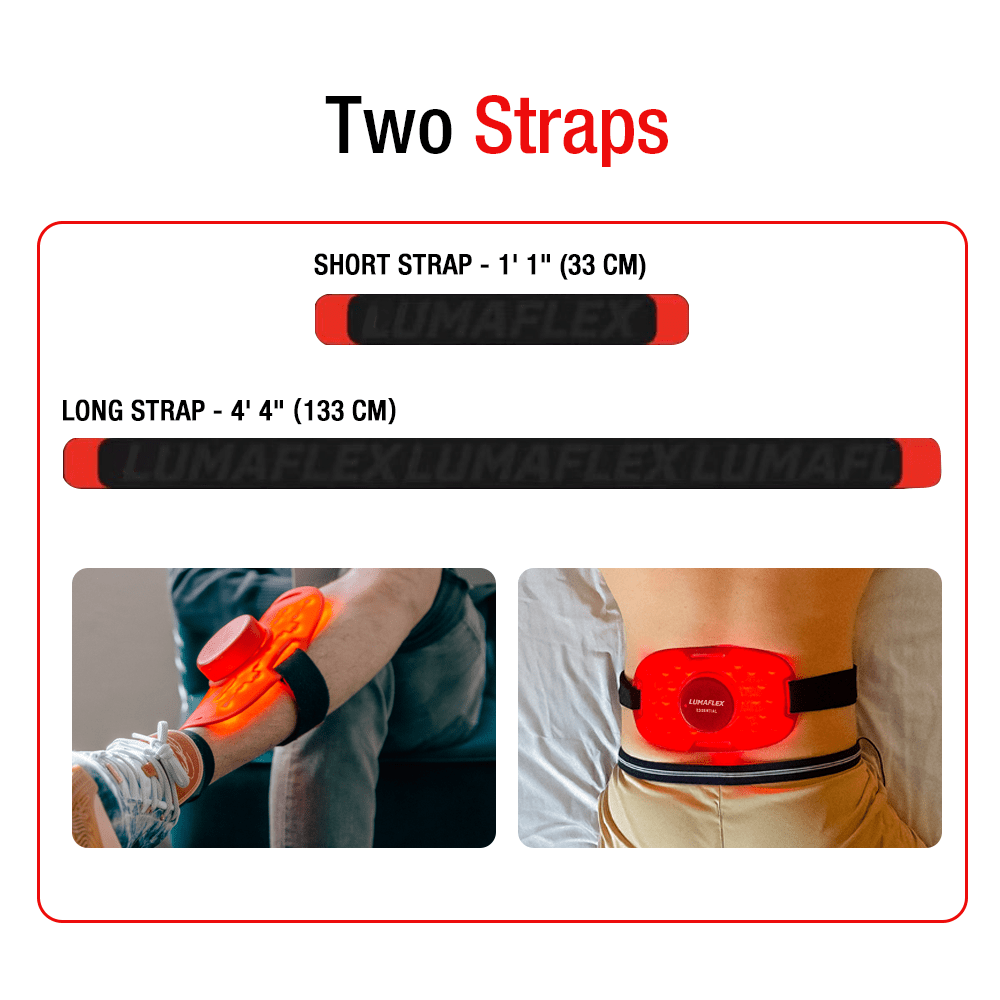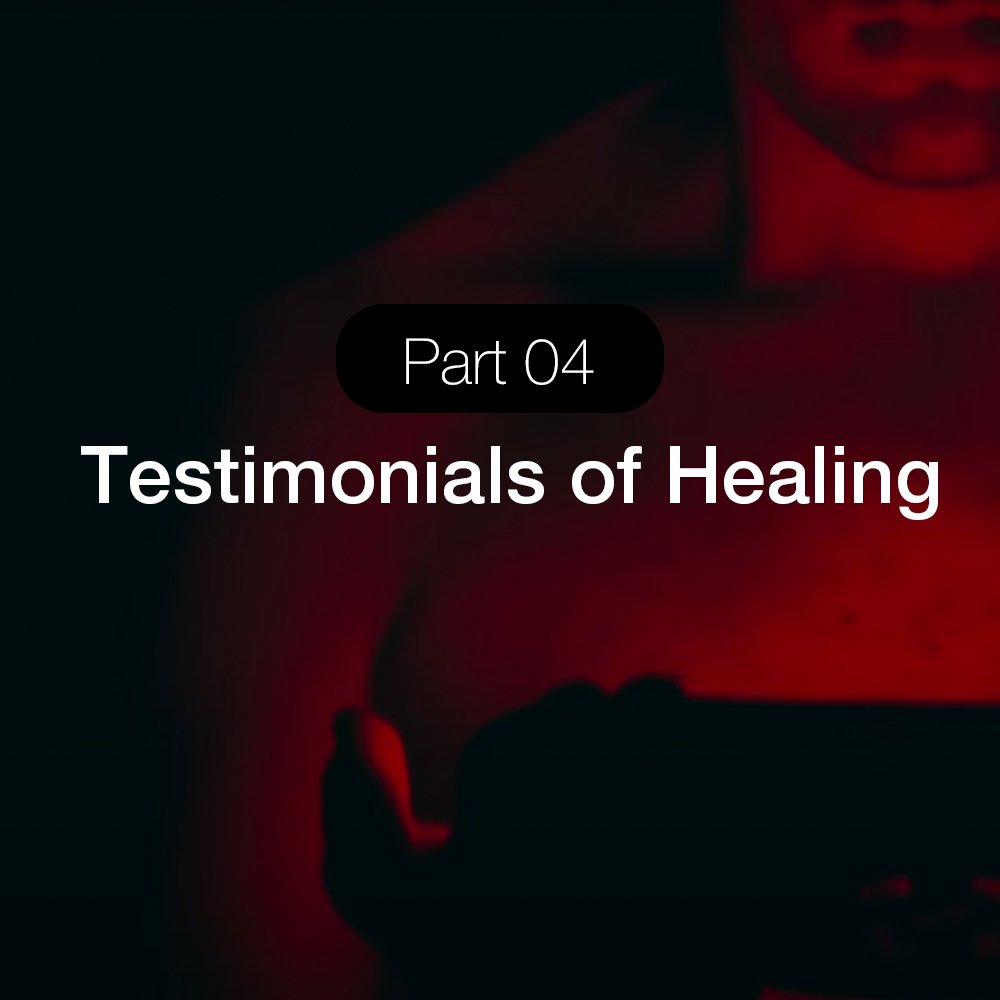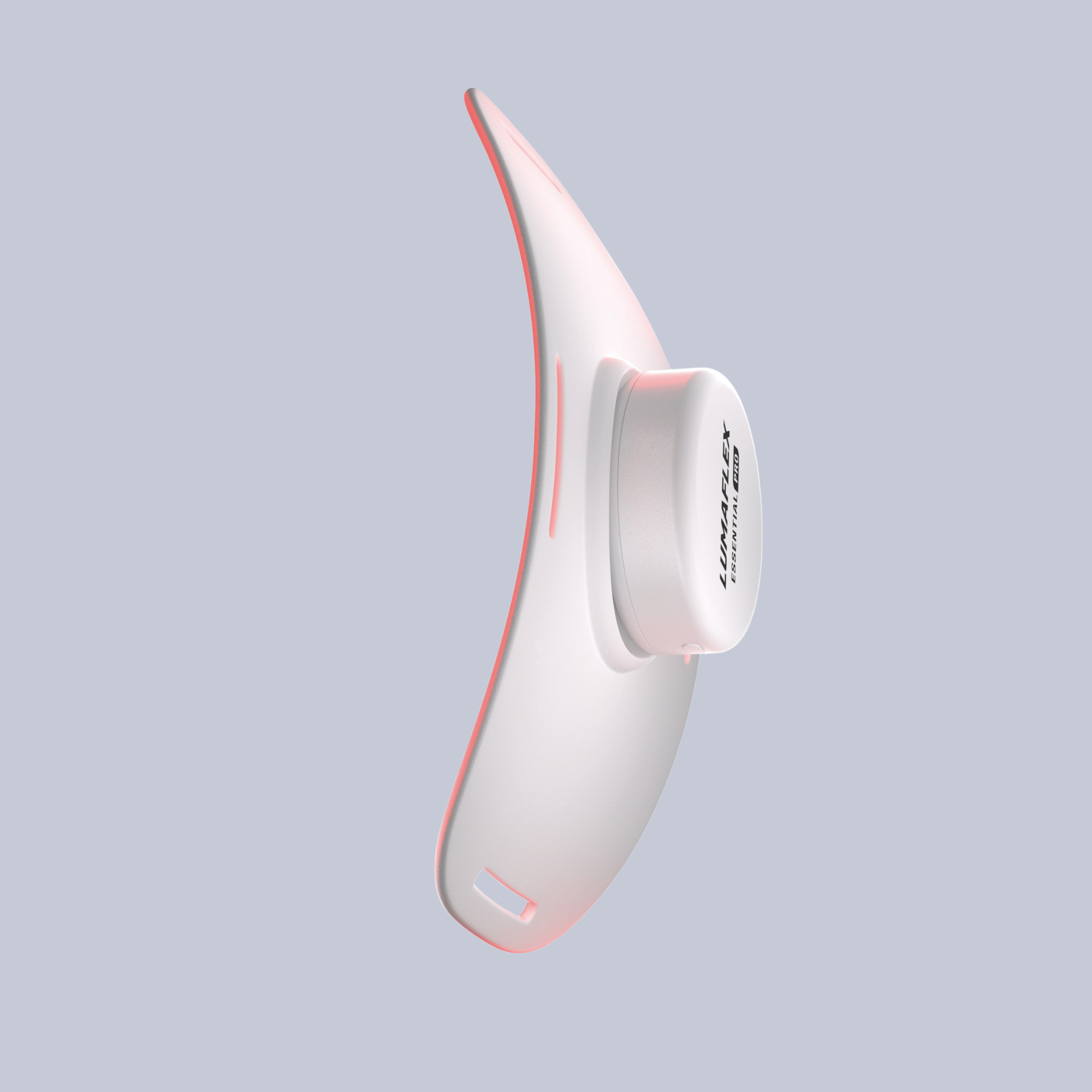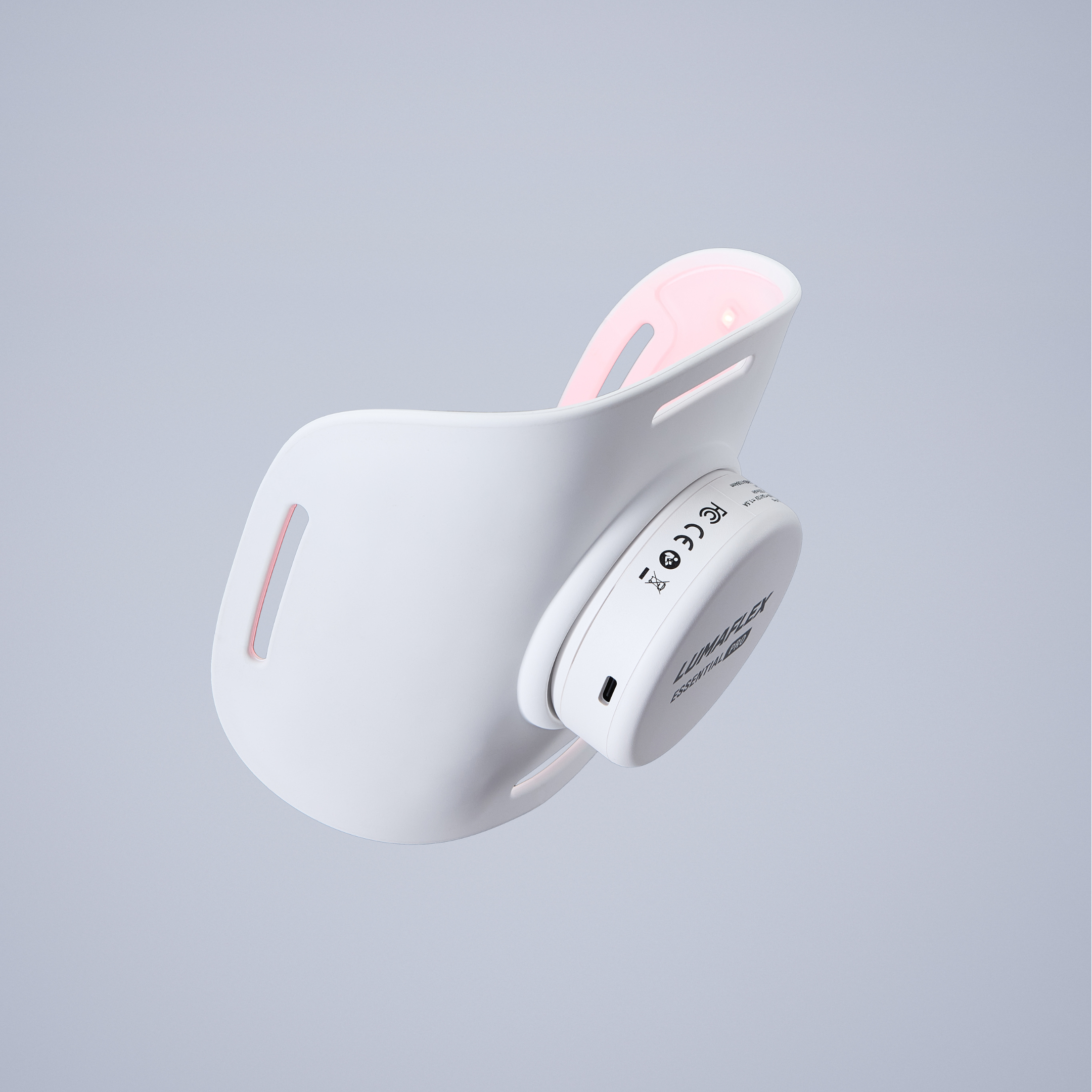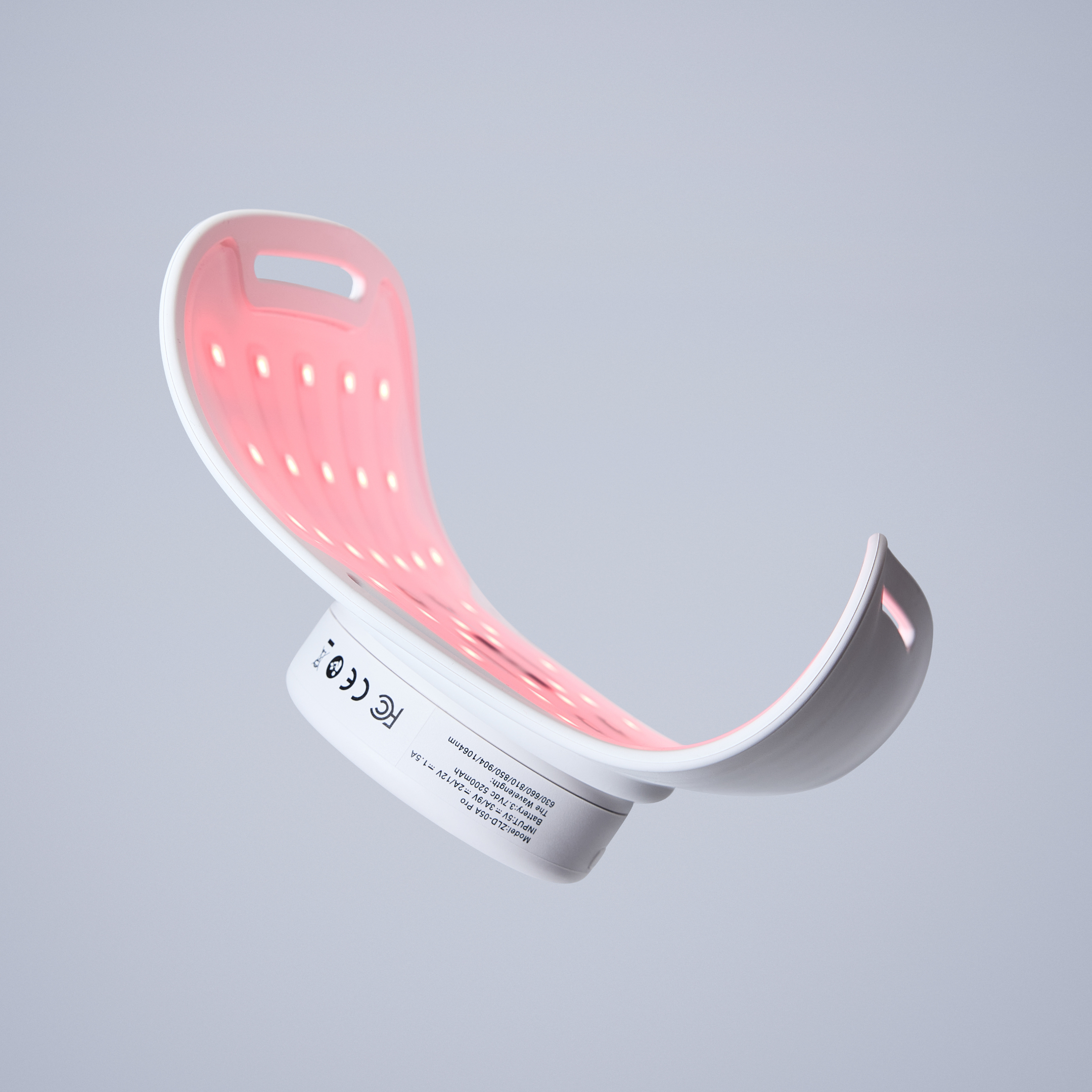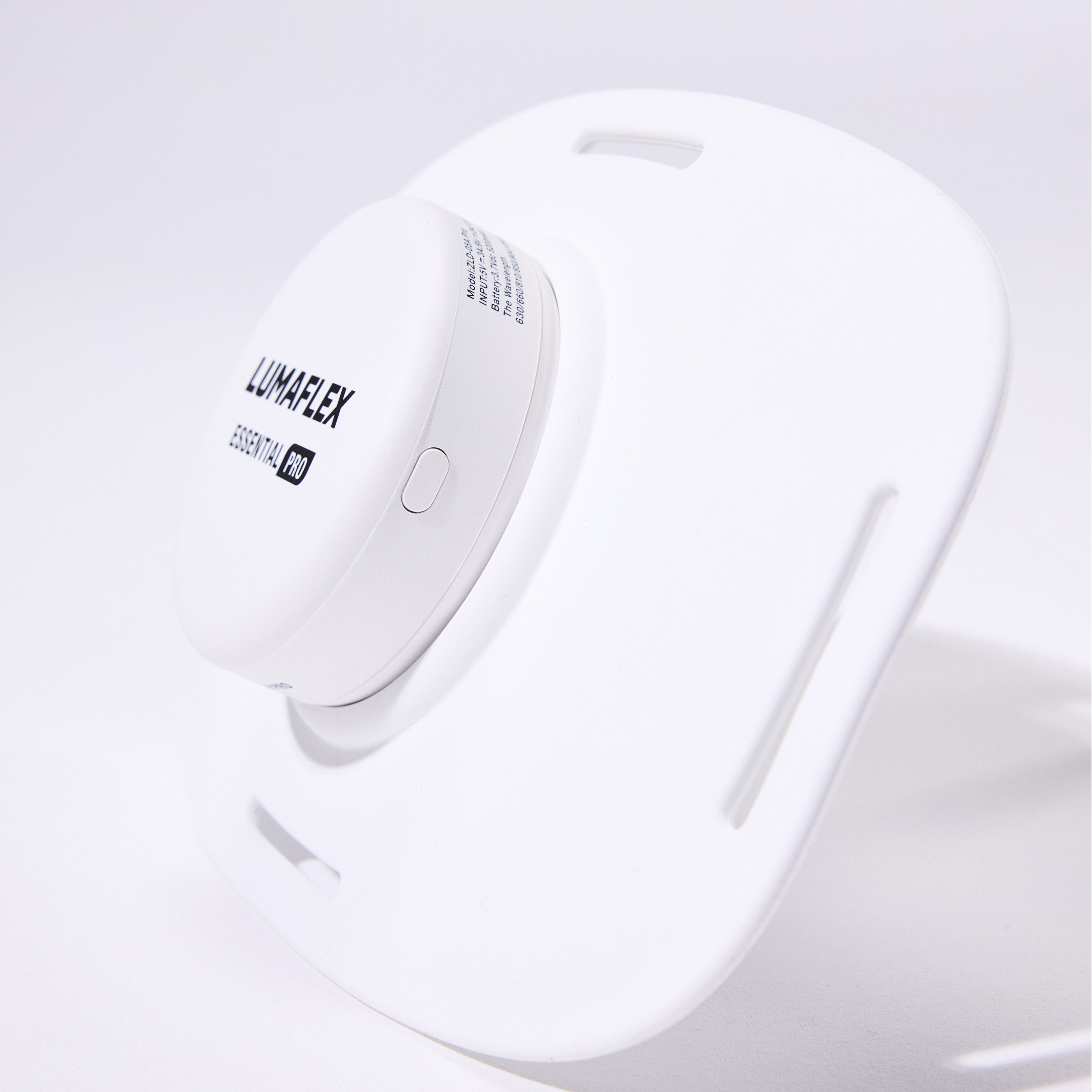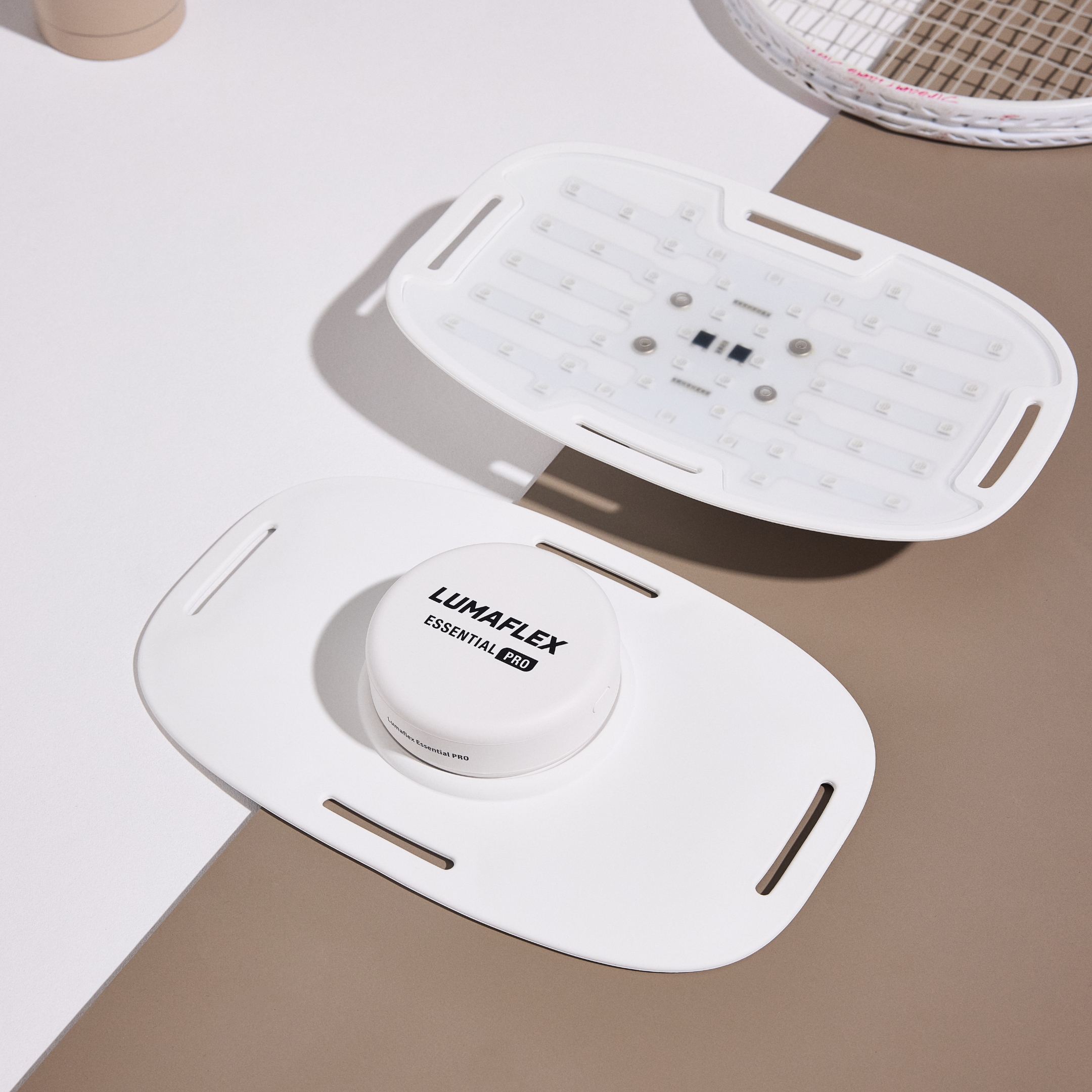Soleus Muscle Pain: Symptoms, Causes & Fast Recovery Guide (2025)

Soleus Muscle Pain: Complete 2025 Guide
Soleus muscle pain is one of the most common yet often overlooked lower-leg injuries. Studies show that the medial gastrocnemius is the most frequently injured calf muscle, accounting for 48.7% of isolated strains, while the soleus makes up 46.2% of these injuries. If deep calf tightness has slowed your runs, hikes, or even long days on your feet, the soleus may be the source of the problem.
The soleus sits beneath the larger gastrocnemius and works tirelessly to support posture, balance, and endurance. Because it activates with every step, it’s especially vulnerable when training ramps up too quickly, recovery falls short, or footwear doesn’t provide enough support. Even small shifts in activity can overload it and trigger lasting soreness.
This guide explains what the soleus does, why pain develops, how to recognize an injury early, and the most effective ways to treat, stretch, and strengthen it so you can return to moving comfortably and confidently.
Table of contents
What Is the Soleus Muscle and Why Does It Matter?
The soleus muscle is a deep calf muscle that often goes unnoticed until it starts to hurt. Tucked beneath the larger gastrocnemius, it runs from just below the knee to the Achilles tendon and plays a steady, behind-the-scenes role in almost every step you take.
Location: Deep Support in the Calf
Unlike the gastrocnemius, which crosses the knee joint and powers explosive movements like sprinting or jumping, the soleus sits lower and works mainly around the ankle. This unique placement allows it to provide long-lasting stability, especially during standing and endurance activities.
Function: The Engine for Endurance
The soleus muscle function is all about endurance. It keeps you upright, helps control balance, and generates the propulsion needed for walking, climbing stairs, and running. Because of its constant engagement, it’s sometimes called the body’s “second heart”. Its pumping action assists circulation by pushing blood back toward the heart from the lower legs.
Why the Soleus Matters for Athletes and Active Adults
Although it’s built for stamina, the soleus is not immune to problems. Repetitive stress, limited flexibility, or a sudden increase in training can overload it and trigger discomfort. When this happens, pain tends to feel deep in the calf, especially after activity.
Understanding how this muscle is structured and why it’s so active makes it easier to recognize issues early and build stronger, more resilient calves.

Soleus vs. Gastrocnemius: What's the Difference
| Feature | Soleus | Gastrocnemius |
|---|---|---|
| Location | Deep calf, runs from below the knee to Achilles | Superficial calf, runs from thigh (crosses knee) to Achilles |
| Primary Role | Endurance, posture, balance, circulation support | Power, speed, explosive movement |
| When It Works Hardest | Standing, walking, uphill running, long-distance endurance | Sprinting, jumping, sudden acceleration |
| Common Injury Signs | Deep ache or tightness in lower calf, worse with bent-knee activities | Sharp pain higher in calf, triggered by straight-leg activity |
Common Causes of Soleus Muscle Pain
Soleus muscle pain rarely comes out of nowhere. Most cases build up from the way you train, how strong your supporting muscles are, or even what shoes you wear. Once the soleus takes on more stress than it can handle, discomfort sets in and recovery becomes necessary.
Overuse and Fatigue
The soleus works every time you take a step, which makes it vulnerable to overuse. Runners often notice pain after a sudden jump in mileage or speed. People who spend long shifts on their feet can also overload the muscle in the same way. That constant demand leaves the calf sore and tight.
Skipping Warm-Up or Stretching
Cold, stiff muscles are easier to strain. If you start running or training without a few minutes of movement, the soleus absorbs too much stress too quickly. Sitting for long periods or avoiding post-activity stretching also leaves the muscle tighter than it should be, increasing the chance of pain.
Muscle Imbalances
The gastrocnemius, the larger calf muscle, is built for bursts of power, while the soleus is designed for endurance. When the gastrocnemius dominates and the soleus lags behind, the smaller muscle is forced to do more than it can handle. Weak glutes or ankles can exaggerate this imbalance and put even more pressure on the soleus.
Footwear and Surfaces
Shoes that have lost their support or cushioning change the way your foot strikes the ground, which shifts extra load to the calves. High heels shorten the soleus over time, while training on sand, steep hills, or uneven surfaces can push the muscle harder than usual. Without preparation, these conditions often lead to strain.
Soleus Strain vs. Other Calf Injuries
Not every case of calf pain is the same. A soleus strain feels like a dull, deep ache in the lower calf that often worsens during long runs or when standing for hours. A gastrocnemius strain produces sharper pain higher in the calf, often during sprinting or jumping. A plantaris tear, which is rare, is marked by sudden sharp pain and sometimes a popping sensation.
Recognizing these differences and the main causes of soleus muscle pain helps you make smarter adjustments in training and recovery, reducing the risk of repeated injury.

Symptoms: How to Recognize a Soleus Muscle Injury
Soleus muscle pain rarely strikes all at once. Instead, it creeps in with a dull, deep ache in the lower calf, especially when you run uphill, climb stairs, or go for longer workouts. Unlike the sharp pull of a gastrocnemius strain, a soleus issue often feels like a heavy tightness that lingers and worsens the more you move.
Morning stiffness is another giveaway. After a run or long day on your feet, the muscle can feel tight or heavy when you first get out of bed. Pressing on the inside or outside of the lower calf often brings out the soreness, pointing straight to the soleus. A quick self-check is the “gas pedal” test: sit with your knee bent and push your foot downward. If that motion triggers pain deep in the calf, the soleus is likely involved.
Typical signs of a soleus strain include:
- A deep ache in the lower calf that worsens with running or uphill walking
- Stiffness or heaviness in the morning after activity
- Tenderness when pressing the lower calf
- Pain during the bent-knee “gas pedal” test
Strains can range in severity. A mild case may just feel like nagging tightness that eases with warm-up, while a moderate strain causes swelling, pain, and weakness when pushing off. Severe tears are rare but hard to miss, often leaving bruising and making it nearly impossible to walk without limping.
The sooner you recognize these symptoms, the easier it is to prevent a lingering injury. Addressing the problem early keeps a minor strain from growing into a setback that sidelines your training for weeks.
Diagnosis: Soleus vs. Other Calf Injuries
Calf pain can come from several different muscles, and knowing which one is involved makes treatment more effective. The soleus is often overlooked because its pain builds slowly and sits deep in the calf, while the gastrocnemius and plantaris usually cause sharper, more obvious symptoms. Distinguishing between them helps prevent repeated injury and speeds recovery.
How They Differ
- Soleus strain: Pain runs deep in the lower calf, close to the Achilles tendon. It develops gradually, often during endurance-based activities like long runs, uphill walking, or hours of standing.
- Gastrocnemius strain: Pain is felt higher up, near the back of the knee. It tends to come on suddenly and sharply, usually during sprints, jumps, or other explosive movements.
- Plantaris strain: Rare and usually short-lived. It may cause a sudden pop or sharp pain but often heals quickly with minimal intervention.
How Soleus Pain Differs From Other Calf Injuries
| Muscle | Pain Location | Onset of Pain | Typical Triggers |
|---|---|---|---|
| Soleus | Deep lower calf near Achilles | Gradual | Long-distance running, hills, prolonged standing |
| Gastrocnemius | Upper calf near knee | Sudden, sharp | Sprinting, jumping, explosive movements |
| Plantaris | Small, thin muscle along calf | Sudden pop or stab | Rare; quick push-off or sudden movement |
When to Consider Imaging
Most soleus injuries can be identified with a simple physical exam, such as the bent-knee “gas pedal” test. If pain lingers despite rest, or if swelling and bruising raise concern for a tear, imaging like an MRI or ultrasound may be recommended. These scans help confirm whether the soleus is the culprit or if another structure, such as the gastrocnemius or Achilles tendon, is involved.
Getting the diagnosis right ensures you treat the correct muscle and follow a plan that gets you back to running, training, or simply moving comfortably without setbacks.

Treatment Options for Soleus Muscle Pain
Most cases of soleus muscle pain improve with the right mix of rest, movement, and recovery techniques. The challenge is knowing when to protect the muscle and when to start using it again. Here’s a breakdown of what works best.
The First 48 Hours
Instead of the old “RICE” approach, sports medicine now recommends the PEACE & LOVE method. In the first few days, focus on protecting the calf from painful activity, elevating it when you can, and using compression to limit swelling. Unlike older advice, anti-inflammatories are discouraged unless prescribed, since natural inflammation helps the repair process. Just as important, keep the leg gently moving rather than staying completely still.
After about three days, the “LOVE” part begins: gradually loading the muscle with light activity, encouraging blood flow through walking or cycling, and starting simple exercises. A positive outlook makes a difference too, since confidence in your recovery helps you stick to the plan.
Restoring Mobility
When the sharp irritation calms down, mobility work becomes the priority. A bent-knee calf stretch against the wall or light ankle circles can ease stiffness. Foam rolling the lower calf, as long as it isn’t too tender, is another way to keep blood circulating and the muscle relaxed.
Strength Comes Next
The soleus is built for endurance, so rebuilding strength is key to preventing a repeat injury. Start with bent-knee calf raises using both legs, then progress to single-leg versions. Another effective option is eccentric calf drops on a step, where you rise up with both legs and slowly lower with the injured side. These moves rebuild power while protecting the tendon.
Releasing Tension
Even once strength improves, the soleus often holds onto tight spots. Massage tools or a foam roller used slowly across the lower calf can help release lingering knots. This not only feels better but also prepares the muscle to handle training again.
Heat and Light Therapy
Once you’re past the acute phase, heat can loosen the calf and make stretching more comfortable. Some athletes also turn to red light therapy. Red and near-infrared light reach deep into muscle tissue, where they may reduce inflammation and promote repair. Portable devices such as Lumaflex make it possible to add this to your home routine in just a few minutes a day.
When to Call a Professional
Self-care works for most strains, but don’t ignore red flags. If calf pain hasn’t eased after two weeks, or if swelling, bruising, or weakness limit your ability to walk, it’s time for a medical check. Imaging such as an MRI can rule out a tear or Achilles involvement, and a physical therapist can guide a tailored rehab plan.

Stretches and Exercises to Relieve Soleus Pain
Soleus muscle pain doesn’t improve with rest alone. To get the muscle back to full strength, you’ll need movement that restores length, releases tension, and builds control. A simple routine practiced consistently often makes the biggest difference.
Stretching to Restore Movement
A bent-knee wall stretch is one of the most reliable ways to lengthen the soleus. With both knees slightly bent and your back heel pressed down, you’ll feel the pull deeper in the calf rather than higher near the knee. Holding for half a minute allows the muscle to loosen gradually.A seated stretch with a resistance band works in a similar way but gives you more control. Loop the band around your foot, draw it gently toward you, and turn the toes slightly inward to shift the stretch further into the soleus. Many runners use this after long or hilly sessions when the calf feels tight.
Releasing Tension
Lingering soreness is common even once flexibility improves. Slow rolling on a foam roller or pausing on a tender spot helps the muscle relax and improves circulation. Think of it as giving the tissue space to recover.
Rebuilding Strength
The soleus needs to be strong as well as flexible. Bent-knee calf raises target it directly. At first, work with both feet, then move to single-leg raises once the muscle feels steadier. Lowering slowly is just as important as lifting.
Putting It All Together
A short routine can cover everything:
- 1–2 stretches (wall stretch, seated band stretch)
- 1–2 minutes of foam rolling
- 2–3 sets of bent-knee calf raises
Done daily, this mix restores mobility, reduces tightness, and builds resilience. Mild soreness is fine, but sharp pain means it’s time to scale back. With steady practice, the soleus becomes better prepared for running, climbing, or long days on your feet.
How to Prevent Soleus Muscle Injuries
Keeping the soleus healthy comes down to small, steady habits. This muscle is always working in the background, so prevention is less about big interventions and more about how you move, train, and recover each day.
Start with preparation. A few minutes of light drills such as walking lunges, ankle circles, or bent-knee calf raises gets blood flowing and makes the lower leg more resilient. Ending a workout with slow stretches or gentle rolling helps the calf settle instead of staying tight. Progression matters. Most soleus strains happen when training jumps too quickly. If you run, add distance or hills gradually. A ten percent increase per week is a safe benchmark that gives the muscle time to adapt.
Build balanced strength. When the glutes or hamstrings are weak, the soleus ends up doing too much. Simple moves like glute bridges, single-leg deadlifts, and bent-knee calf raises create balance across the whole leg.
Check your shoes and surfaces. Replace running shoes once they lose support, and rotate where you train. Switching between pavement, grass, track, or trail spreads out the stress placed on the soleus.
Finally, make recovery a daily habit. Stretch after workouts, roll out tight spots, or use infrared light therapy to keep circulation strong. These small steps, done consistently, lower the odds of injury more than any occasional big effort.
When to See a Doctor
Most cases of soleus muscle pain improve with rest, stretching, and steady rehab. Still, there are moments when professional care makes all the difference. Watch for these warning signs:
- Significant swelling or bruising If puffiness increases after two days or spreads toward the ankle and foot, it could signal more than a simple strain. Unexplained bruising sometimes points to a tear or even a clot.
- Trouble walking or bearing weight A limp that forces you to lean heavily on one side, or the need for crutches, suggests a more serious tear or possible Achilles involvement that should be checked immediately.
- Pain that will not go away If discomfort lingers after one to two weeks of self-care, it is time to seek medical advice. Ongoing soreness often means the injury is deeper than it first appeared.
In these cases, a doctor may recommend imaging like MRI or ultrasound to confirm whether a tear is present. If weakness or limited movement persists, formal physiotherapy can guide recovery safely. Acting early protects the calf from long-term damage and helps you return to activity with confidence.
Frequently Asked Questions Soleus Muscle Pain
How do you treat soleus muscle pain?
Treatment starts with rest, ice, compression, and elevation in the first 72 hours. After swelling eases, shift to gentle soleus stretches, mobility drills, and calf strengthening exercises. Some athletes also benefit from massage, foam rolling, and red light therapy to speed recovery.
How long does it take for a soleus strain to heal?
A mild soleus strain usually improves in 2–4 weeks, a moderate strain may last 4–6 weeks, and a severe tear can require 8 weeks or more. Recovery time depends on injury grade, fitness level, and whether rehab exercises are followed consistently.
How to know if calf pain is serious?
Seek medical help if you have sudden swelling, visible bruising, sharp pain, or trouble walking. Serious soleus injuries or Achilles involvement often require imaging tests such as MRI or ultrasound. Pain that lingers beyond two weeks of self-care should also be checked by a doctor.
What does soleus muscle pain feel like?
Soleus pain feels like a deep, dull ache in the lower calf, especially noticeable when running long distances, climbing stairs, or walking uphill. Unlike gastrocnemius pain, which is sharp and higher up near the knee, soleus pain develops gradually and worsens with endurance activity.
Can I run with soleus pain?
Running with calf pain risks worsening the injury. If soreness is mild, you may try shorter runs on flat surfaces with proper footwear. Stop immediately if the pain increases, and consult a physiotherapist if discomfort persists.
Should I stretch or rest a sore soleus muscle?
In the first 72 hours, prioritize rest and swelling control. Once pain decreases, add gentle stretching and controlled strengthening drills to restore mobility. Stretching too soon can aggravate the injury.
Can red or infrared light therapy speed up healing?
Yes. Studies suggest red and infrared light therapy can promote faster tissue repair and reduced inflammation. Using a device for 10–20 minutes daily alongside rehab can complement recovery.
What is the difference between a sore soleus and a torn soleus?
A sore soleus usually feels tight or achy and improves within days. A torn soleus causes sharp pain, swelling, or bruising, and makes walking difficult. A popping sound at injury time often signals a tear that needs medical evaluation.
Final Thoughts: Recovering Stronger from Soleus Muscle Pain
Soleus muscle pain is common for runners, hikers, and anyone who spends hours on their feet, but recovery doesn’t have to be complicated. The earlier you give your calves attention, the easier it is to bounce back. Ignoring soreness or pushing through discomfort usually leads to longer downtime.
Simple habits make the biggest difference. Mobility drills such as seated calf stretches restore flexibility, while eccentric heel drops build lasting strength and lower the chance of reinjury. Done consistently, these movements set the foundation for healthy calves.
For those who want to speed up the process, recovery tools can help. Devices like Lumaflex red light therapy target deep muscle tissue, calming inflammation and encouraging repair. Because it’s portable and non-invasive, you can work it into your routine as easily as stretching.
By combining smart training, targeted exercises, and modern recovery tools, you can move past soleus pain and build the resilience to stay active without constant setbacks.

